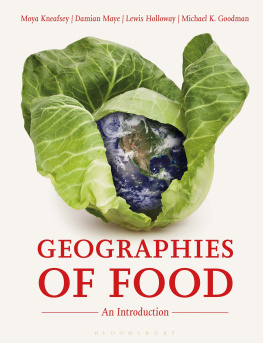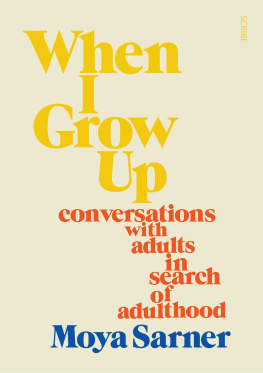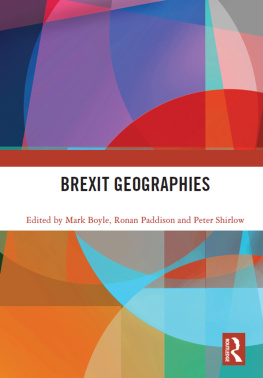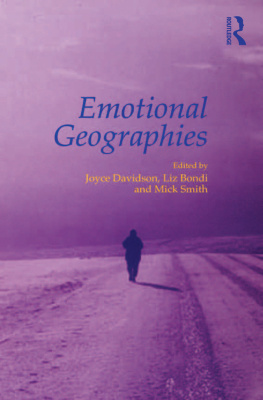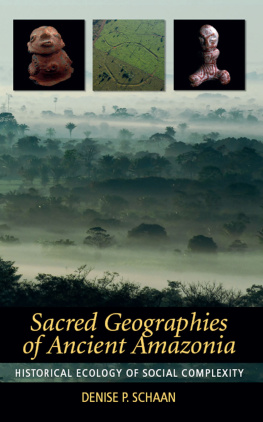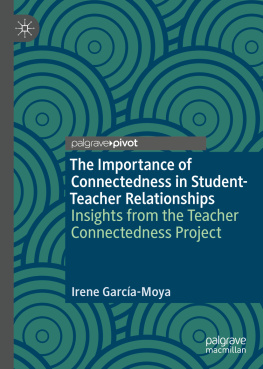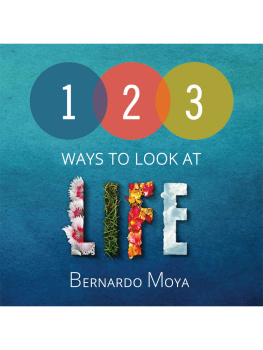
Geographies of Food
We dedicate this book to the memory of Sally Eden (19672016). Geographer, colleague
and friend, Sally was an incredible and generous scholar and she is greatly missed.
Also Available From Bloomsbury
The Food and Folklore Reader, edited by Lucy Long
Food: The Key Concepts, Warren Belasco
The Handbook of Food and Anthropology, edited by Jakob A. Klein and James L. Watson

CONTENTS
This book has been a long time in the writing. We would like to thank our colleagues at the Universities of Coventry, Gloucestershire, Hull and Reading, and our long-suffering families for their support over the several years it has taken to finish this project. We also thank our students for testing out much of the material we have included in the book, and with whom we have learned so much about the geographies of food. We owe a huge debt of thanks to all of the colleagues and friends who contributed their Insights into their specialist areas of expertise: Liliane Binego, David Evans, David Goodman, James Kirwan, Oona Morrow, Harvey Neo, Bill Pritchard, Colin Sage, Lopamudra Patnaik Saxena, Joshua Sbicca and Alex Sexton. They have enriched the book enormously. We are very grateful to Lopamudra Patnaik Saxena, for her painstaking contributions to managing the preparation of the manuscript. A massive thanks also to Vanshika Saxena for editorial assistance, Jasber Singh for reading sections of the book, and Vance Goodman for redrawing some of the figures. A very special note of gratitude goes to Colin Sage for his detailed reading of our final set of proofs. In addition, we are hugely grateful to all the people and organisations who kindly supplied photographs and illustrations which have greatly enhanced the book. All attributions and credits are correct to the best of our knowledge but in case of any errors or omissions, the publisher undertakes to correct them in any future editions of this book. Drafts of the manuscript were reviewed anonymously by several people, and we are very grateful for their constructive and supportive comments which have enabled us to significantly improve the book. Finally, we would like to thank the staff at Bloomsbury who have stuck with us despite our missing many deadlines, and gently nudged us into finally submitting the manuscript which has become this book.
Interest in food geography has grown rapidly over recent years. Reflecting the huge popular and societal interest in all aspects of foodfrom concerns about health, global hunger and malnutrition, to climate change, environmental destruction, and animal welfarethere are now hundreds of journal papers and books about various aspects of the geography of food, and many universities and colleges now offer modules and courses on the topic. The Association of American Geographers recently launched a specialty group on the Geography of Food and Agriculture and in Britain, the Food Geographies Working Group of the Royal Geographical Society with the Institute of British Geographers was established in 2016. These groups help to promote food geographies research and scholarship and reflect the growing number of geographers, scholars, activists, and campaigners interested in developing and improving their geographical imagination about food.
All this creates an exciting context for teaching and learning, and there is now a vast resource of data, research, opinion, and news (both real and fake) about food. The sheer volume and diversity of material can be quite bewildering and in our work as university lecturers and researchers, we have found relatively few introductions that provide an overview and entry point to the now large body of research and scholarship about food geographies. For example, considerable time has elapsed since the publication of textbooks such as David Bell and Gill Valentines Consuming Geographies: We Are Where We Eat(1997), Peter Atkins and Ian Bowlers Food in Society: Economy, Culture, Geography(2000), and Guy Robinsons Geographies of Agriculture(2003). There have been some excellent recent textbooks taking particular slices through foods geographies, such as Elizabeth M. Youngs Food and Development(2012), and Colin Sages Environment and Food(2011), Warren Belascos Food: Key Concepts(2008), Michael Carolans The Sociology of Food and Agriculture(2012), and two books simply entitled Foodfrom Jennifer Clapp (2012) and John Coveney (2014). There are also important edited collections such as Rachel Slocum and Arun Saldanhas Geographies of Race and Food: Fields, Bodies, Markets
Next page
